Can Two Male Dogs Get Along? (Neuter Impact?)
It’s a question every pet owner has asked at some point: will my male dogs get along?
The answer is that it depends on a variety of factors, including their personalities, energy levels, and past experiences. If both dogs are laid back and low-key, they’re likely to get along just fine. However, if one dog is more high-strung than the other, there may be some conflict.

It’s also important to consider how much space you have for them to coexist peacefully. If you have a large home with plenty of room for them to roam, they’re more likely to get along than if you’re cramped up in a small apartment.
Ultimately, the best way to determine if your two dogs will get along is to introduce them slowly and carefully and see how they interact with each other.
With a little bit of patience and understanding, you can help them develop a lasting friendship.
Does Neutering Have an Impact on Their Relationship to One Another?
Male dogs that are neutered are less likely to fight with other males, but there are exceptions to every rule. Some male dogs may still exhibit aggressive behavior towards other males, even after they have been neutered.
It really depends on the individual dog’s personality and history. If you’re concerned about your dog’s ability to get along with other male dogs, it’s best to consult with a veterinarian or animal behaviorist.
In general, however, neutering can help reduce aggression and fighting among male dogs. This is because testosterone plays a role in these behaviors. When a dog is neutered, his testosterone levels drop, which can help make him more calm and relaxed.
If you have two male dogs that are fighting with each other, neutering may be an excellent option to consider. It’s important to note, however, that neutering is not a cure-all for aggression and conflicts between dogs.
There are many other factors that can contribute to these issues, so it’s always best to consult with a professional before making any decisions about your dog’s behavior.
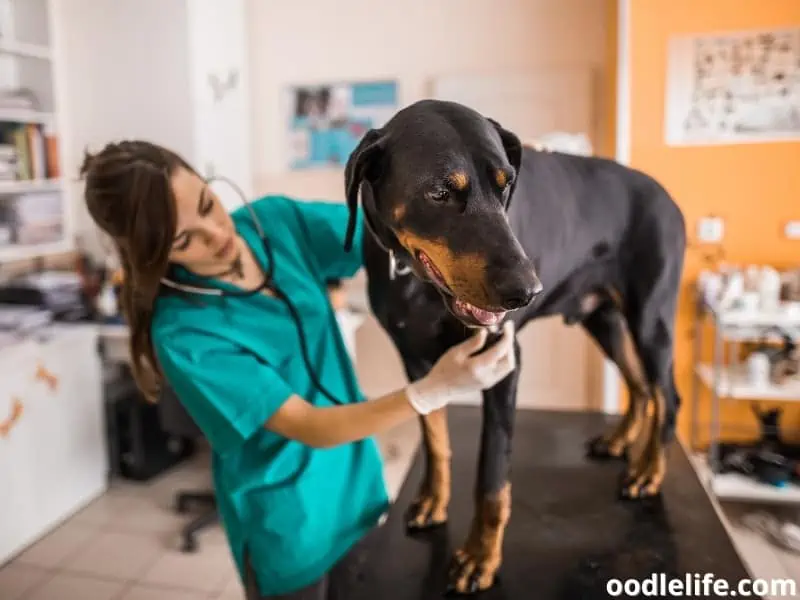
Can Two Intact Male Dogs Live Together?
The answer to this question is a bit more complicated. In general, it’s not recommended that two intact male dogs live together. This is because they are more likely to compete with each other for dominance, which can lead to fighting and aggression.
If you do have two intact male dogs, it’s important to keep a close eye on their interactions and be prepared to intervene if necessary. It’s also a good idea to consult with a professional about the best way to manage their behavior.
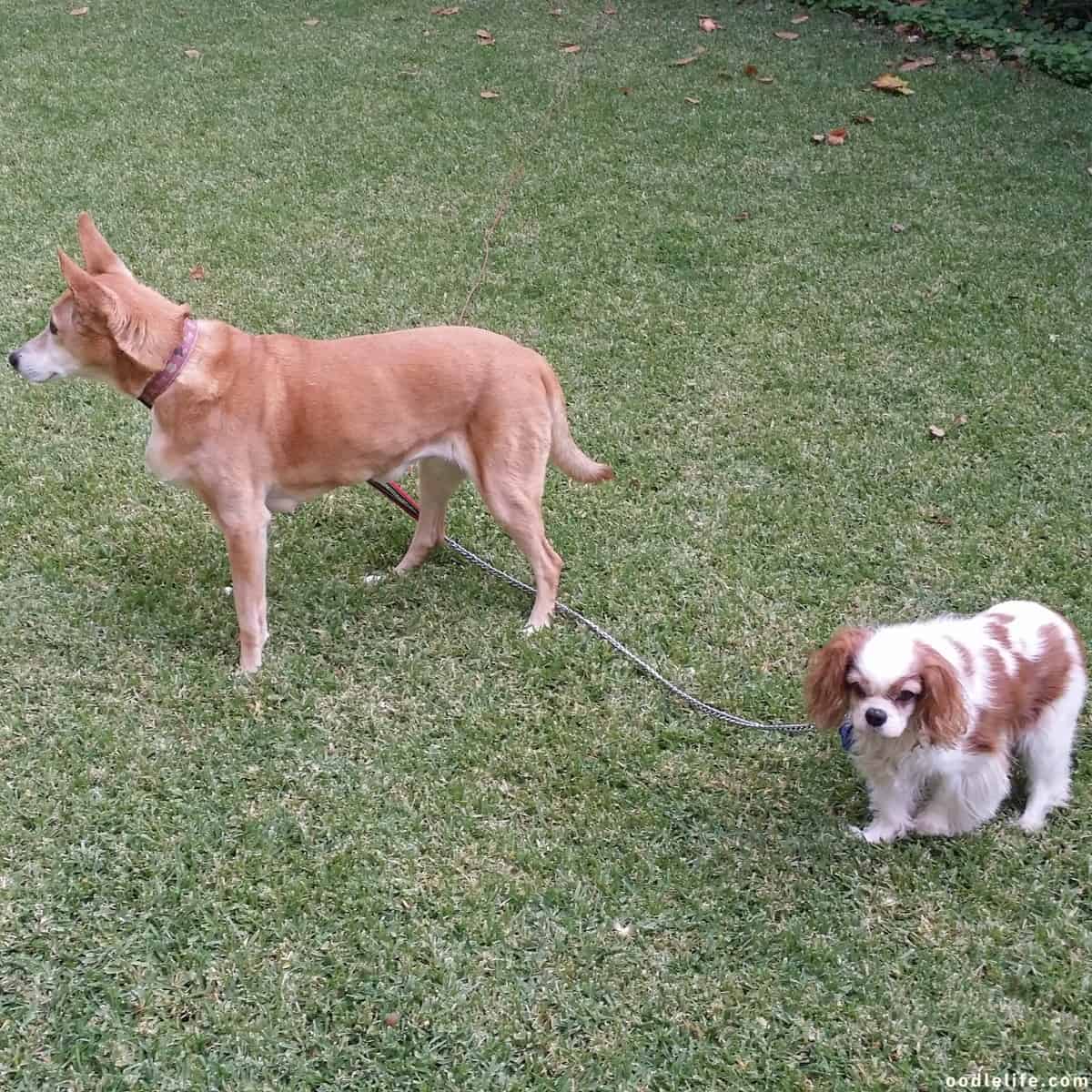
In some cases, it may be possible for two intact male dogs to live together peacefully. This is more likely to occur if they are of different sizes or have different personalities.
If you have two intact male dogs that are getting along well, it’s important to spay or neuter one of them to help reduce the risk of fighting in the future.
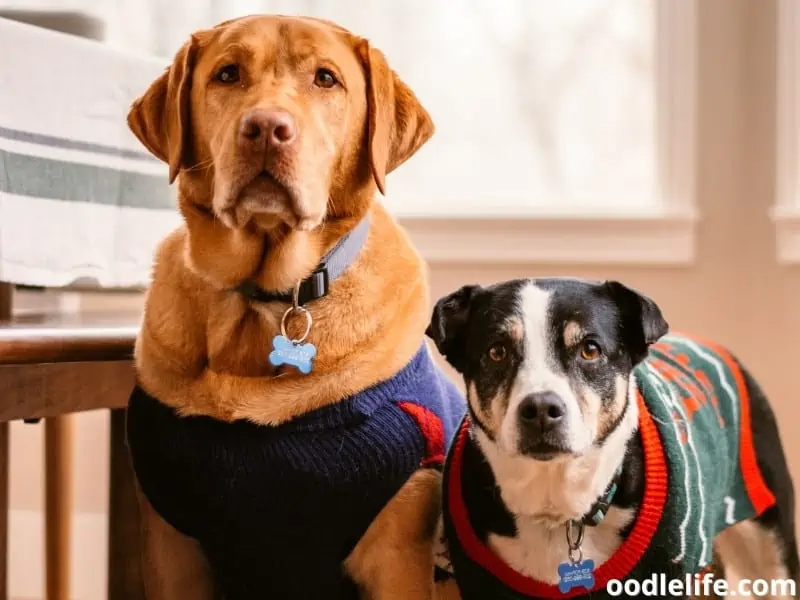
Reasons Two Male Dogs in the Same Household Fight
If you have two male dogs in the same household, you may have noticed that they sometimes fight. There can be a number of reasons for this behavior.
- If the dogs are not neutered, they may be trying to establish dominance over each other.
- In addition, if one of the dogs is significantly larger than the other, the smaller dog may feel threatened and act aggressively in response.
- Another common reason for fighting between two male dogs is simple jealousy. If one dog perceives that the other is receiving more attention from you, he may become agitated and start a fight.
- It’s important to remember that some dogs simply don’t get along. Just like people, dogs have their own personalities and preferences, and there’s no guarantee that two males will be compatible.
- Resource guarding is one of the most common reasons for conflict between two male dogs. This happens when one dog perceives that another dog is a threat to a valuable resource, such as food, toys, or even you. Resource guarding can lead to serious fights and even injuries, so it’s important to be aware of this behavior and take steps to prevent it.
If you’ve tried everything and the dogs still don’t get along, it may be best to keep them separated.

Ways to Prevent or Reduce Conflict Between Two Male Dogs
There are a few things you can do to prevent or reduce conflict between two male dogs.
- If possible, have the dogs neutered. This will help reduce testosterone levels and may make them more compatible with each other.
- Provide plenty of space for the dogs to roam and play. They’re more likely to become agitated and start a fight if they’re cramped up in a small area.
- Give each dog equal attention. If one dog feels like he’s being ignored, he may become jealous and start a fight with the other dog.
- Provide plenty of toys and chew toys for the dogs. This will help reduce resource guarding and may prevent fights over toys or food.
- Introduce the dogs slowly and carefully. If they meet each other too quickly, it may lead to a fight. Instead, allow them to sniff each other and gradually get to know each other.
- It’s essential to feed them in separate areas and keep their toys sorted so that each dog has his own space.
- Provide plenty of opportunities for exercise and play. A tired dog is less likely to pick fights with others.
- If the dogs do start to fight, intervene quickly and calmly. Don’t yell or hit the dogs, as this will only make the situation worse.
- Avoid using physical punishment as a means of discipline. This can increase anxiety and aggression levels, making conflict more likely.
If you find that your dogs are constantly fighting, it may be best to consult with a professional trainer or behaviorist who can help you manage the situation.
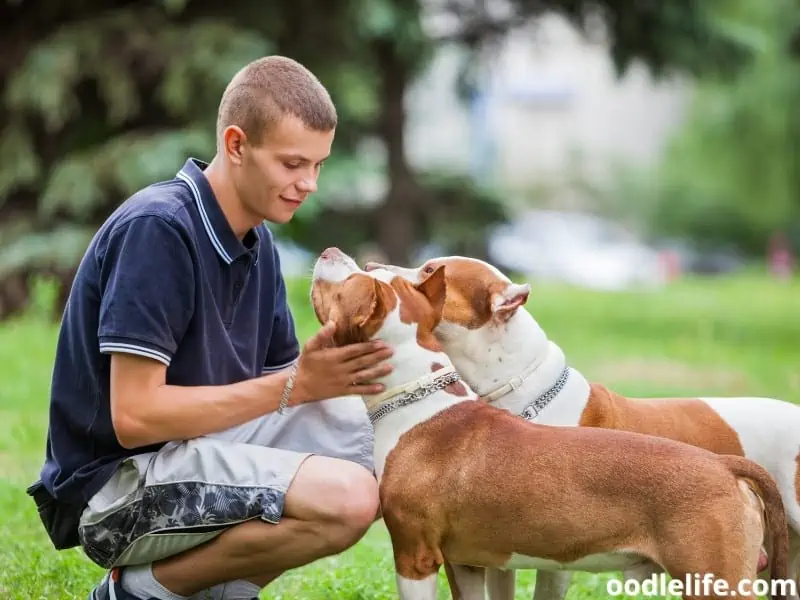
Is it Play Fighting or Real Fighting – How Can You Tell?
It can be difficult to tell if two dogs are play fighting or if they’re actually fighting. Here are a few things to look for:
- The dogs are taking turns being on top during the fight.
- The dogs have relaxed body postures and their tails are wagging.
- The dogs are making playful vocalizations, such as barking or growling in a high-pitched voice.
- The dogs break off the fight frequently and resume playing.
- Both dogs seem to be enjoying themselves.
If you’re not sure whether the dogs are play fighting or real fighting, it’s always best to err on the side of caution and intervene. Dogs can get injured during play fights, just as they can during real fights.

When to Intervene in a Dog Fight?
It’s important to know when to intervene in a dog fight. For example, if you see two dogs fighting, there are a few things you can do to break it up:
- Make a loud noise: Clap your hands, bang on a pot, or use an air horn to startle the dogs and get their attention.
- Spray them with water: Use a hose or water gun to spray the dogs with water. This will usually startle them and get them to stop fighting.
- Throw a blanket over them: This will help break their concentration and may make them stop fighting.
- Use pepper spray: Only use this as a last resort, as it can be harmful to both dogs and humans.
If the dogs are fighting too close to you, you may need to use physical force to separate them. Be careful not to get bitten yourself. The best way to do this is to grab each dog by the hind legs and pull them apart.
Once they’re separated, move away from them and put something between them, such as a fence or door, so they can’t get to each other.
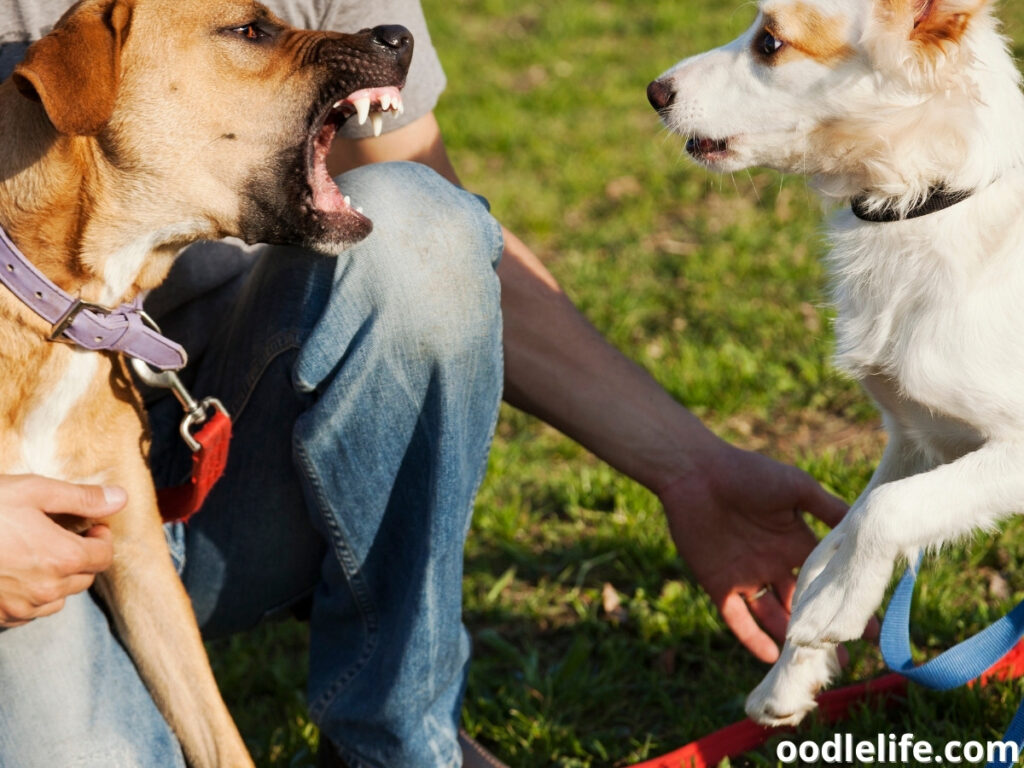
Which of the Two Dogs Will Become the Alpha?
Two male dogs in the same household will inevitably find themselves competing for alpha status. In many cases, the stronger, more aggressive dog will become the alpha, while the other will defer to his dominance.
However, there are also instances where the two dogs will form a more symbiotic relationship, with each dog filling a different role within the pack. In either case, providing both dogs with plenty of exercise and attention is important to help them work off any excess energy and avoid any potential conflict.
By understanding the dynamics of their relationship, you can help ensure that your home remains a happy and harmonious place for all.
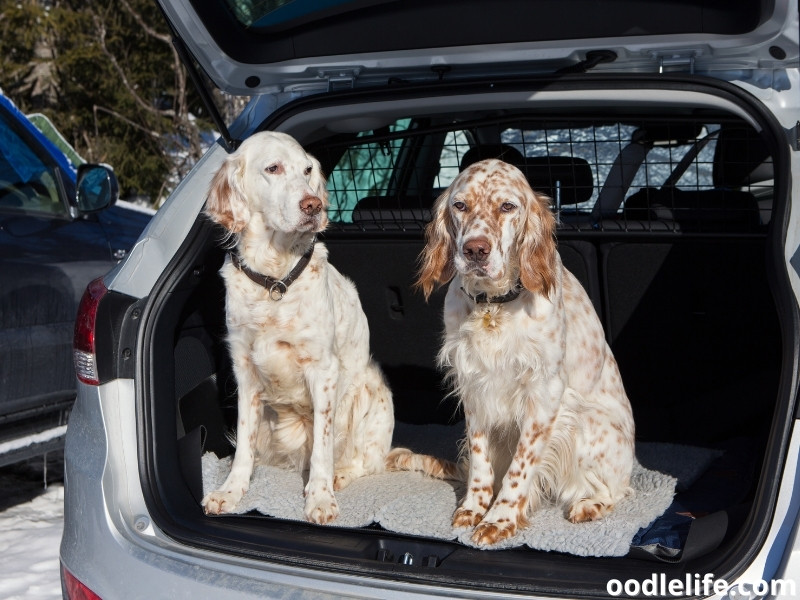
The Bottom Line
The best way to determine if your two dogs will get along is to introduce them slowly and carefully and see how they interact with each other.
Ultimately, however, it’s essential to consider their individual personalities and temperaments when making decisions about their living arrangements.
If you have any concerns about their ability to get along, it’s always best to consult with a professional. A behaviorist or trainer can teach you how to manage the dogs’ behavior and reduce conflict between them.